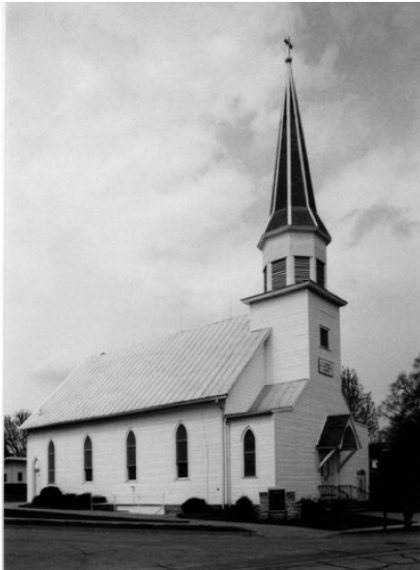Surprising fact: The English and the Scots-Irish are not the most numerous immigrants to America – it’s the Germans. More than thirty-three million German-speaking people left Europe and braved transatlantic travel to start a new life here. The various German states–which would not be united under a single government until 1871—suffered generations of political, religious and agricultural hardships that made life difficult. Our immigrant ancestors were among those who headed to America to make a new life for themselves.
German Origins
The Hanover province of Germany was home to the Jentz and Thormann families in the 1800s. Feuding between the Catholic church and the Lutheran residents, along with larger struggles to control the region, echoed the turmoil that defined life all over Germany. In the mid 1800s, the development of ports in Hamburg and Bremen made emigration a viable option for many. There was money to be made in the tobacco and cotton trades, and west-bound ships that would otherwise be empty were filled with emigrants. Families with the means or the need to escape fled to America where farmland was abundant and religious freedom guaranteed.Fred Jentz was born in 1831 and grew up in the coastal village of Spieka, where farmland abuts the salt marshes of the North Sea. The village sits on the peninsula between Bremen and Hamburg, providing easy access to the two major German ports. A few years younger than Fred, Louise Thormann was raised near Hildesheim, one of the oldest cities in Northern Germany. Its historic market place was considered one of the most beautiful in the world. Situated just south of Hanover, overland travel to a North Sea port would have been relatively easy.
On the Move
The first to arrive, Fred Jentz and his brother William landed in New York in December 1852. They sailed on the bark Elise, a journey that probably took about 40 days. They would’ve come ashore at Castle Garden in New York City and from there made their way to Wisconsin via the Erie Canal and Great Lakes. Overland travel was more expensive than going by boat, so it was far more common for immigrants headed to the Upper Midwest to go via the waterways. They settled in Platteville, Wisconsin — a successful mining town on the western edge of the state with plenty of land available for farming. The woman who would become Fred’s wife travelled to America by a different route in 1859. Between 1820 and 1860, more than 550,000 immigrants entered the United States through the port of New Orleans, making it second only to New York City in terms of numbers. Within the span of several years, Thormann, Sue and Steinhoff families immigrated from villages near Hildesheim through New Orleans and made their way up the Mississippi River to Platteville.
Platteville, Wisconsin
By the time Louise settled in Platteville, it was an established town complete with schools, an academy, newspaper, several churches, and a telegraph service. The friends who traveled from Hildesheim were introduced to the Jentz brothers, presumably through the German-speaking immigrant community. Around 1860 the pairs of Jentz and Steinhoff brothers married the Sue and Thormann sisters, creating what must have been a tight-knit family group far from home. The neighborhood in which they lived was comprised of immigrants – all German except for a family from Denmark. With the exception of Fred, they stayed in Platteville to raise their families, work the land and became part of the fabric of this frontier town.

William Jentz helped build this 1876 church. He had a dray line hauling lumber from Galena to Platteville, and may have provided the materials used.
Photo: St. Paul’s Evangelical Lutheran Church, Platteville WI
Source: Wisconsin Historical Society